The Eiffel Tower, one of the most recognizable landmarks in the world, isn’t just a sight to admire from the outside. Eiffel Tower Inside offers an immersive experience that goes beyond its breathtaking views. From its intricate iron lattice to hidden historical gems, exploring inside the Eiffel Tower is a must for those looking to truly appreciate this Parisian icon. Whether you're dining in a sky-high restaurant, discovering Gustave Eiffel’s secret office, or simply marveling at the structure’s engineering brilliance, stepping inside the tower is an unforgettable adventure.
A brief history of the Eiffel Tower
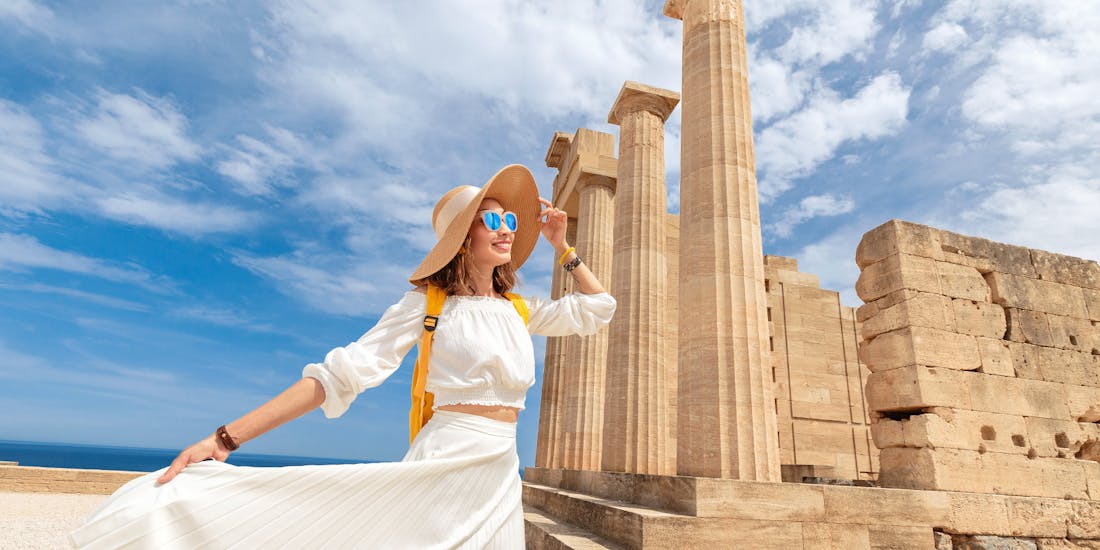
Origins
- The Eiffel Tower was constructed in 1889 for the Exposition Universelle, marking the 100th anniversary of the French Revolution.
- Designed by Gustave Eiffel, it was initially criticized but later became a global symbol of innovation and architectural prowess.
- Standing at 330 meters (1,083 feet) today, it was once the tallest structure in the world.
Historical significance
- Originally intended to be temporary, the Eiffel Tower was saved from demolition when it proved useful for radio transmissions.
- It played a key role in WWI, intercepting enemy communications.
- Over time, it has become a cultural and artistic symbol, featured in countless films, books, and artistic works.
Renovations & restorations
- The tower has undergone numerous renovations to strengthen its structure and enhance visitor experiences.
- A transparent glass floor was added on the first level to give visitors a thrilling look below.
- LED lighting was installed, illuminating the tower in a golden glow every night.
Why visit the Eiffel Tower?
- Breathtaking views: Panoramic sights of Paris from three different levels.
- Dining at altitude: Experience fine French cuisine at the 58 Tour Eiffel or Le Jules Verne restaurant.
- Glass floor thrill: A unique perspective on the first level that lets you see beneath your feet.
- Secret spots: Discover Gustave Eiffel’s hidden office, complete with period furnishings.
- Engineering wonder: Get an up-close look at the intricate iron framework of this 19th-century masterpiece.
Recommended tickets
Inside the Eiffel Tower
First level
1Transparent glass floor
One of the most exciting features of the Eiffel Tower’s first level is its transparent glass floor, which allows you to see 57 meters (187 feet) straight down to the ground. Walking across this section gives you a unique, slightly nerve-wracking view of the tower’s iron structure and the visitors below. It’s a great spot for a fun photo and an interactive way to appreciate the tower’s height from a whole new angle.
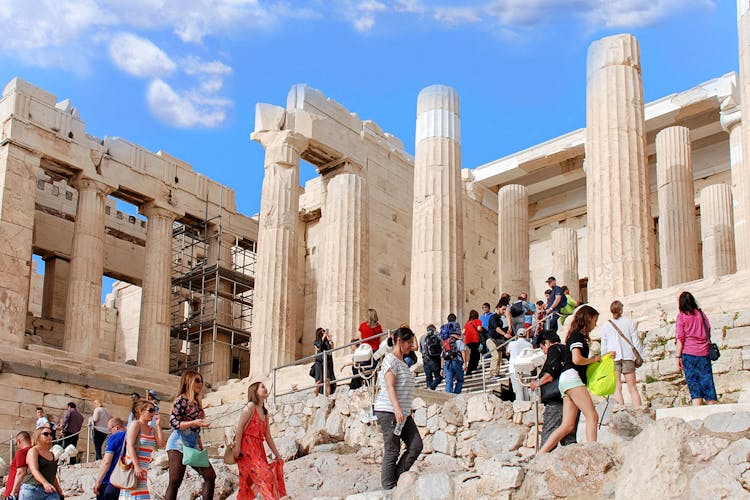
2Immersive exhibits
The first level also features interactive exhibits and digital displays that take you through the history of the Eiffel Tower. From its construction in 1889 to its evolution as a global icon, these exhibits include historic photographs, engineering models, and fascinating facts about Gustave Eiffel’s masterpiece. Some areas even feature short films showcasing the tower’s significance in pop culture and world events.
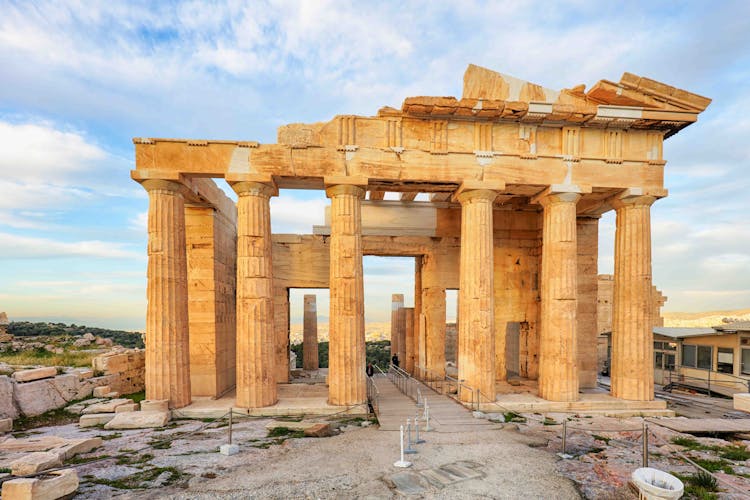
3360-degree outdoor deck
The outdoor observation deck on the first level offers panoramic views of the Champ de Mars gardens below and the winding Seine River. Since this level is not as high as the others, it provides a unique vantage point where you can take in Paris’s cityscape while still feeling close to the bustling life below. On clear days, it’s a great place to soak in the scenery without the wind and crowds of the summit.
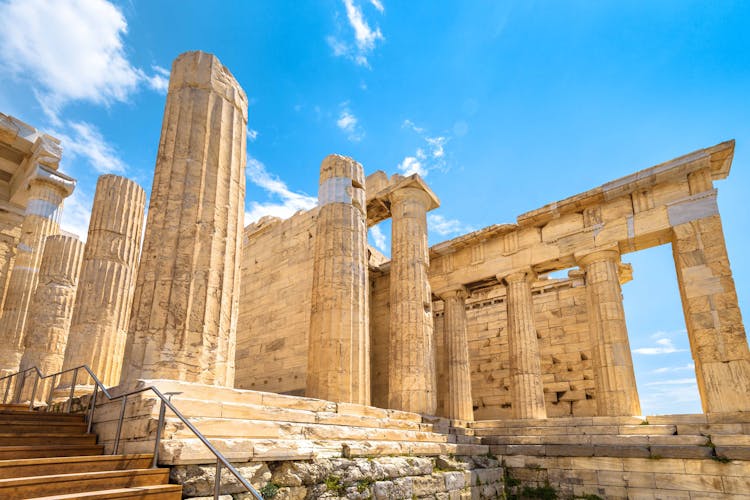
Second level
4Le Jules Verne
One of the highlights of the second level is Le Jules Verne, a Michelin-starred restaurant offering elevated French cuisine. With a menu curated by top chefs, this dining experience combines fine dining with breathtaking views. The restaurant features floor-to-ceiling windows, ensuring that every seat in the house offers a stunning view of Paris. Reservations are required well in advance, making it one of the most sought-after dining experiences in the city.
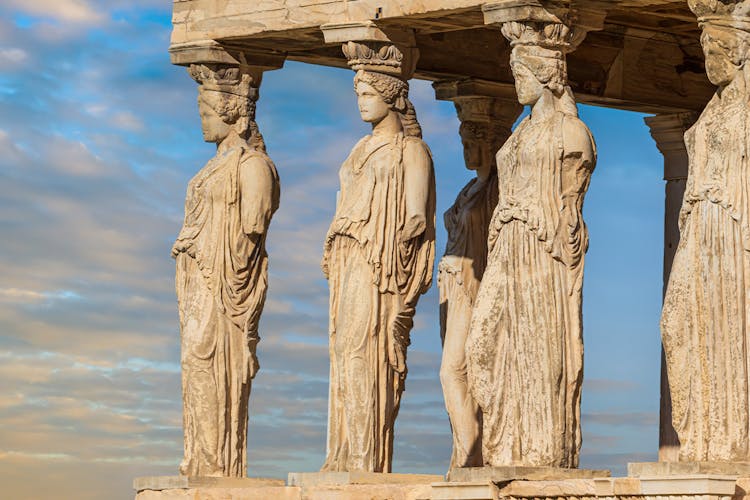
5Best photography spot
The second level is widely considered the best place for photography. Positioned at 115 meters (377 feet), it’s high enough to offer a sweeping view of Paris but not so high that details of the cityscape are lost. Landmarks like the Seine River, Notre-Dame Cathedral, Sacré-Cœur, and the Louvre are clearly visible, making it a must-visit for anyone looking to get that perfect Eiffel Tower shot.
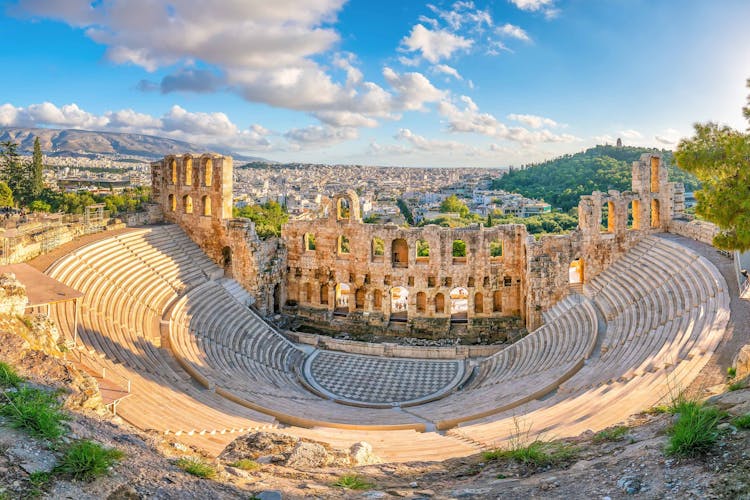
Third level (Summit)
6Gustave Eiffel’s hidden office
At the very top of the Eiffel Tower, visitors will find Gustave Eiffel’s reconstructed office, complete with period furniture, wax figures, and original documents. This small exhibit offers a glimpse into the mind of the man behind the Eiffel Tower and showcases how he envisioned his creation as a symbol of progress and engineering brilliance.

7Champagne bar
For a truly elevated experience, the Champagne Bar at the summit allows visitors to enjoy a glass of fine French champagne while admiring the City of Lights from 276 meters (905 feet) above ground. It’s a luxurious and unforgettable way to mark a visit to the Eiffel Tower, whether celebrating a special occasion or simply indulging in the romance of Paris.

8Highest viewpoint
Standing at the summit gives you the highest public viewpoint in Paris, offering an unparalleled 360-degree panorama of the city. From this height, on a clear day, you can see up to 70 kilometers (43 miles) away, spotting famous landmarks and even the outskirts of Paris. As night falls, the city lights up, making this one of the most magical sights in the world.

How to visit the Eiffel Tower
Location & entrance
- Address: Champ de Mars, 5 Avenue Anatole France, 75007 Paris, France.
- Entrances:
South Entrance (Pilier Sud) – Best for ticket holders.
East Entrance (Pilier Est) – Usually less crowded.
West Entrance (Pilier Ouest) – Often used for group bookings.
Best time to visit
- Morning (9 AM - 11 AM): Fewer crowds, ideal for photography.
- Evening (Sunset - Night): Witness the tower’s sparkling lights and city illuminations.
- Off-Season (October - March): Fewer tourists and shorter lines.
Duration & route
- Recommended Time: 2-3 hours for a complete experience.
- Suggested Route: Start at First Level (glass floor & exhibits) → Second Level (restaurants & views) → Summit (panoramic deck & champagne bar).
Facilities & restrictions
- Facilities: Restrooms, souvenir shops, cafés, and elevators for accessibility.
- Dress Code: No specific requirements, but comfortable shoes are recommended.
- Restrictions: Large bags, sharp objects, and oversized luggage are not allowed.
Tips for visiting the Eiffel Tower
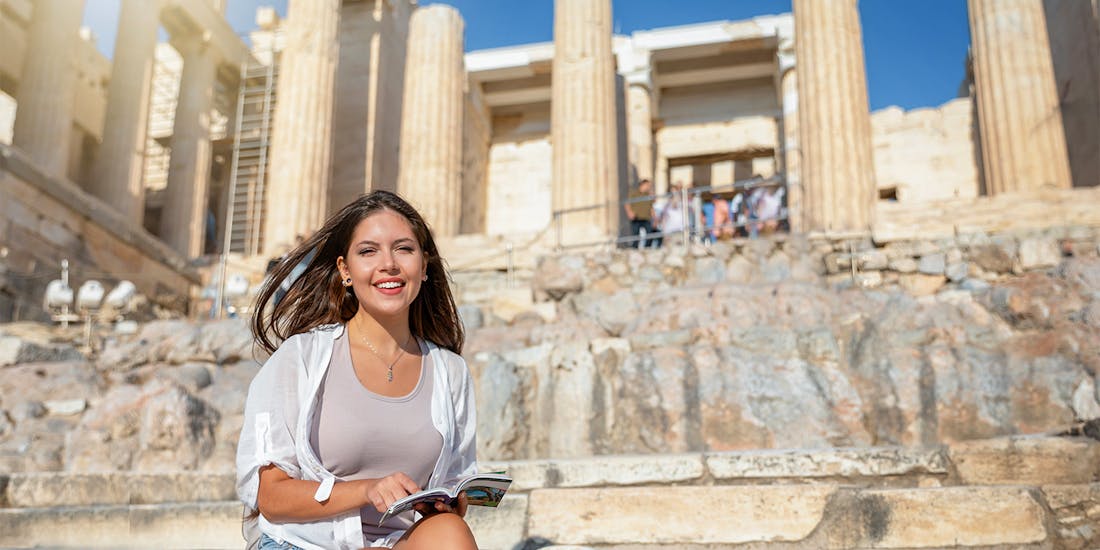
- Book tickets online in advance to avoid long wait times.
- Take the stairs to the second level for a more immersive experience (673 steps!).
- Arrive early or late to dodge peak crowds.
- Bring a light jacket – It gets windy at the summit!
- Capture the golden hour – Sunset provides the most magical lighting for photos.
Frequently asked questions
The Eiffel Tower was designed by Gustave Eiffel for the 1889 World’s Fair in Paris. Initially meant to be dismantled after 20 years, it was preserved due to its usefulness for radio transmissions.
A typical visit lasts 2-3 hours, though some visitors prefer to spend more time dining or exploring exhibits.
Yes! Guided tours offer exclusive access to hidden areas like Gustave Eiffel’s office and historical exhibits.
Yes! The first and second levels are fully accessible by elevator, but the summit may have limitations.
Yes, entry requires a ticket, and summit access requires an additional pass.


